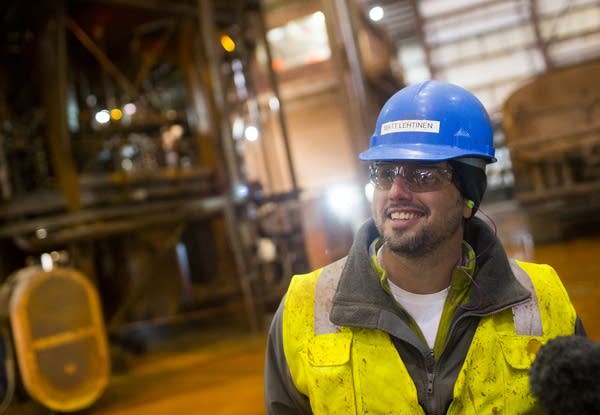In waste rock, mining companies find opportunity and create jobs

Magnetation President and Chief Operating Officer Matt Lehtinen talks about operations at Magnetation's Plant Two Tuesday, December 17, 2013 near Grand Rapids, Minn.
Derek Montgomery/For MPR Nws
Go Deeper.
Create an account or log in to save stories.
Like this?
Thanks for liking this story! We have added it to a list of your favorite stories.


